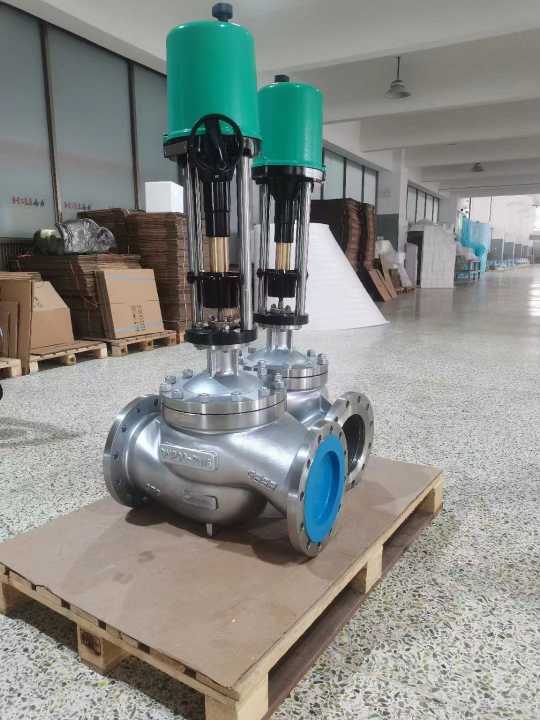the role and advancements of hydrogen energy electric single seat regulating valve
Release time:2025-04-28 11:58:39
As the world continues to transition toward cleaner and more sustainable energy sources, hydrogen energy is gaining attention as a key player in the future of renewable energy. Among the various components required for the effective use and management of hydrogen energy systems, valves play a critical role in controlling the flow, pressure, and regulation of hydrogen. One such valve that has seen significant advancements is the Hydrogen Energy Electric Single Seat Regulating Valve, which offers precision control for hydrogen systems. This article explores the design, applications, and importance of this innovative valve in hydrogen energy systems.

What is a Hydrogen Energy Electric Single Seat Regulating Valve?
A Hydrogen Energy Electric Single Seat Regulating Valve is a crucial component in systems that deal with the storage, distribution, and utilization of hydrogen. The term "single seat" refers to the valve design, where the valve has a single seating surface that allows for precise sealing. The valve works by regulating the flow of hydrogen gas through a pipeline, ensuring that pressure and flow rates are maintained at optimal levels.
The electric actuation of this valve adds an important layer of control, allowing for remote operation and automation. The valve’s electric actuator responds to signals from a central control system, adjusting the valve position to maintain the desired pressure or flow rate. This feature is particularly useful in hydrogen energy systems, where real-time adjustments are necessary to accommodate fluctuations in demand or to optimize the energy production process.

